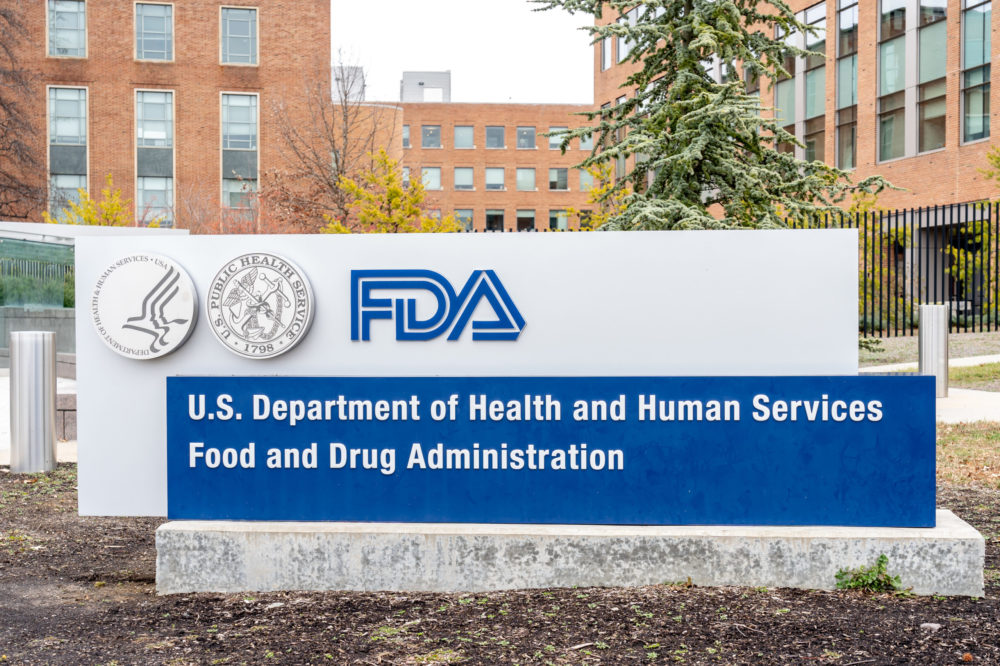FDA Agrees to Limit Phthalates in Certain Food Products In Response to Citizen Petition
The FDA decision to limit phthalates came after the agency decided there was not enough scientific data to support a full ban.

With a growing body of scientific evidence that links phthalate exposure to neurological, hormonal and organ disruption, federal health officials have agreed to place some limits on use of the chemicals called for in citizens petitions, but has refused to enact a full phthalate ban in the United States.
In an update released by the U.S. Food and Drug Administration (FDA) on May 19, the agency rejected two petitions banning the use of nine potentially harmful phthalates in food packaging, stating additional information regarding the toxicology of the chemicals would be needed to warrant a ban. However, the agency indicates it will revoke food contact uses of 23 phthalates and two other substances used as plasticizers, adhesives, defoaming agents, surface lubricants, resins, and slimicides. This FDA’s action removes these phthalates from the list of substances authorized by its regulations in 21 CFR parts 175 through 178.
Phthalates include a group of chemicals used to help make plastic flexible or more durable. They are commonly used as part of the packaging, preparation, storage and processing of food products, but are also found in a wide range of other items, including toys, cosmetics, detergents, PVC tubing, medical devices, and pill coatings.
The chemicals are known to disrupt hormones and affect human health. Phthalate side effects have been linked to reproductive problems, increasing a woman’s chance of fibroids and endometriosis and miscarriage. Studies have also linked the chemicals to lower IQ in children if exposed during pregnancy, as well as reduced male fertility.

Did You Know?
Millions of Philips CPAP Machines Recalled
Philips DreamStation, CPAP and BiPAP machines sold in recent years may pose a risk of cancer, lung damage and other injuries.
Learn MoreThe FDA’s statement released last week was in response to three separate petitions filed by several health and environmental groups seeking to ban the use of dozens of phthalates from being used in food packaging, after recent studies have shown the chemicals can be released into consumers food; allowing the chemicals to directly enter the bloodstream.
While the ruling to remove authorizations of the 23 phthalates from food uses was seen as a step forward, the agency publicly recognized that the chemicals have largely been abandoned by the food packaging industry already. The decision to remove the authorizations was in response to a citizen’s petition filed by the Flexible Vinyl Alliance in November 2018.
However, the announcement declined two petitions collectively filed by several consumer groups that included the Environmental Defense Fund, the Center for Environmental Health, the Learning Disabilities Association of America, and the Center for Food Safety. Their petitions, which were first filed in 2016, called to collectively ban all phthalates from food packaging, along with supporting research indicating the potential health risks.
The FDA stated the petitions to ban an additional nine phthalates currently authorized for contact uses with food “did not demonstrate through scientific data or information that these actions are warranted.”
Although the FDA declined the ban on additional phthalates, the agency issued a request for information seeking available use and safety information on the remaining phthalates authorized for use in food contact applications. Specifically, the FDA is requesting “scientific data and information on the specific current food contact uses, use levels, dietary exposure, and safety data for the remaining eight phthalates that are still authorized for use as plasticizers in food contact applications after today’s action on the food additive petition based on abandonment.”
Phthalate Exposure Concerns
Phthalates food supply contamination often occurs when food contacts certain materials. This can occur during industrialized production, but it can even enter the food supply when preparers wearing rubber gloves handle food.
In August, the “Preventing Harmful Exposure to Phthalates Act” (PDF), was introduced in the U.S. House and Senate. It seeks to prevent phthalates from contaminating the U.S. food supply. If passed, the bill would ban the use of phthalates in any material that comes in physical contact with food, and would require any materials replacing phthalates currently in use be proven safe.
Health risks from phthalates may include high blood pressure, increased risk of obesity and diabetes, and increased risk of allergic reaction and asthma in children exposed during pregnancy.
Other studies have shown phthalates are potent endocrine disruptors which affect the function of hormones, including thyroid hormones, increased risk of miscarriage, and reduced male fertility, even for generations after initial exposure.
Get more articles like this sent directly to your inbox.
"*" indicates required fields





0 Comments